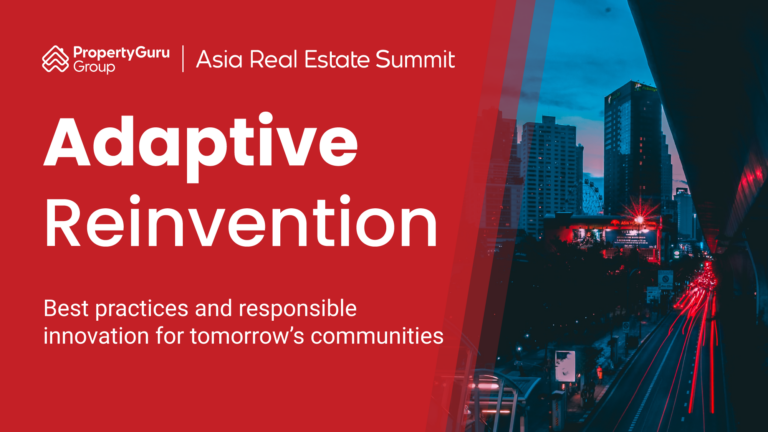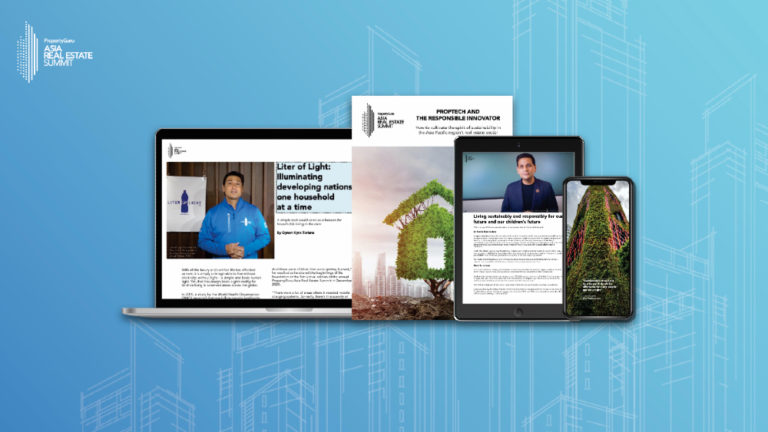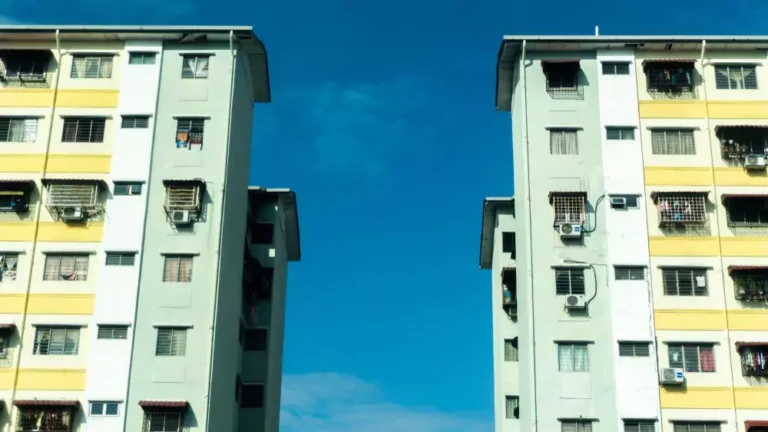The truth about smart cities: Why they don’t exist yet
Charles Reed Anderson spills the real deal on why it’s unlikely that we already have smart cities in our midst

News about smart cities popping up across the globe has been making the rounds these past few years, from Zurich to Auckland to Taipei to Singapore. But recently, we have come to realise that it couldn’t be farther from the truth. Well, not yet, at least.
According to Charles Reed Anderson, the founder of CRA & Associates who is a self-professed tech and vendor agnostic, smart cities don’t exist yet. He believes that these false proclamations could be due to the fact that smart cities actually mean different things to different people or organisations.
Typically, this buzzword is often associated with the widespread adoption of technology, but it is much more complicated than that.
In their research titled Smart Cities Success: Connecting People, Proptech and Real Estate, JLL, in partnership with CRA, provided a more extensive definition to cover different perspectives. For them, a smart city is “a set of policies and strategies that leverage technology and data to deliver initiatives that drive efficiency, sustainability and improved decision making for cities; create a transparent, efficient and competitive environment for businesses; and improve inclusiveness, services and the quality of life for its citizens.”

At the 2019 PropertyGuru Asia Real Estate Summit, Charles shared the challenges involved in building a smart city and the most obvious among them is cities are complicated.
Take Shanghai, for example, there are currently 24 million people, 33 government agencies, 16 districts, 99 subdistricts, three counties and 205 towns – all of which need to be considered when drafting the strategy.
Even with a strategy in place, coordinating between stakeholders would be a headache, unless you have a program management office (PMO) to serve as the middleman. However, this is where the next challenge comes in because cultural change is difficult.
Most of these PMOs resist change because anything new could come with risks and the only way to overcome this is to change their mindset. Taipei has bore witness to this, which is why Chen-Yu Lee, the director of Taipei PMO & GO SMART Secretariat has this to say: “Culture is the first thing you need to deal with when you want to implement something different in the public sector. Technology is the easy part.”
To ensure everything will run smoothly, governance is essential. These cities will need an organisation to manage all the agencies and people involved, and check whether they have accomplished their targets.
Then, there’s the matter of implementation because solutions are complex. These solutions will involve various components, such as security, integration and support that will require utmost attention throughout the entire process.
Behind the complexity of these solutions is another challenge: the vendor ecosystem is fragmented. Countless vendors will promise to provide the best device, network or platform, and this is where CRA’s expertise comes into place.
Lastly, funding is limited. “Cities don’t want capital intensive projects because they don’t know what’s going to work,” explains Charles. The only way to surpass this is to restructure how technology vendors operate, which is through Public-Private Partnerships.
And this is exactly how the alliance between the city of Hangzhou and multinational tech company Alibaba successfully built the City Brain. They utilised urban public resources, such as GPS data from public transport and intersection cameras to organise over 1,000 stoplights across the city. This helped ease the traffic, which transformed Hangzhou from being the 5th most congested city in China down to the 57th.

Building a smart city is complicated, but it is not impossible. Charles shared four key takeaways to help overcome the challenges listed above.
Always question the hype
People will keep the excitement up by posting intriguing numbers that prompt multi-generated headlines, but no one can accurately predict the future. Instead, we should focus on why we need smart cities.
Based on the study conducted by the UN Department of Economic and Social Affairs, 55 percent of the global population already reside in urban areas. By 2050, this number will grow by 68 percent.
In Southeast Asia, 90 million people will relocate to urban areas by 2030, 255 million will move to Chinese cities by 2050 and 416 million will relocate to Indian cities by 2050. This population growth will lead to fewer affordable housing options, increased traffic congestion, greater socio-economic inequality, and strain on infrastructure.
But with a proper smart city strategy that comes with targets and activities, as well as proper implementation, the city’s resources can be properly distributed to ensure higher quality of life for the urban population.
Focus on people, not technology
Technology is readily available, but people who have been taking advantage of it the wrong way is the ones to look out for. Singapore experienced its worst cyberattack in 2018 when 1.5 patient medical records were stolen, including the Prime Minister’s. Malaysia has also fallen victim when 46 million mobile subscribers’ data was leaked in 2017. But the security risk doesn’t end there.
Smart devices, such as smart metres, smart plugs, panic buttons, surveillance cameras and streetlights can cause harm when in the wrong hands. To control future threats, Singapore created the TR64: Guidelines for IoT Security for a Smart Nation.
Innovate
The idea here is to take advantage of the smart tech that is already being used today and find a way to integrate them into one platform, as well as to figure out how to properly utilise emerging tech, like AR instead of looking forward to more advanced ones because frankly, “we don’t know what to do with it and how to use it,” acknowledged Charles.
To innovate also means to come up with a new approach. In Taipei, they reinvented the typical smart city strategy by making the government as a platform and the city as a living lab. They essentially changed how a PMO operates by treating the government as a customer, asking them what they wanted and gathering all the requirements.
The PMO then conducted an extensive survey to capture the needs of 32,000 citizens before reaching out to the vendors with specific requests and allowing them to monitor the city’s assets and infrastructure as a proof of concept.
Collaborate
“We need to start sharing our ideas amongst different groups, and what we have is the ASEAN smart cities network, and that’s a good initiative,” said Charles.
Through this framework, 26 smart cities from the ASEAN will be sharing their strategies, plans, and proof of concepts. In case one of their strategies work, the others will be able to fast track the process by duplicating it, hoping it would drive innovation and progress.
In conclusion, Charles leaves us with this note: “The only way this industry is gonna move forward is if we work together more. That means customers working together with the technology vendors, with the cities, with the startups, with the rest of the community. We have to start collaborating more to start driving this forward.”
Recommended
Meet the architect transforming Asia’s retail spaces with nature-inspired designs
David Buffonge, the cofounder of Hong Kong-based Lead8, has strong opinions on how to improve built environments around Asia
ARES White Paper Volume 3: The era of adaptive reinvention
Pioneering sustainable and innovative practices in urban development
ARES White Paper Volume 2: Unravelling the power of data revolution in real estate
Insights on proptech, smart cities, and sustainable development
ARES Digital White Paper Volume 1: The fundamentals of responsible building
Green and climate heroes join forces to discuss how Asia Pacific can weather the current environmental crises and the looming effects of climate change






